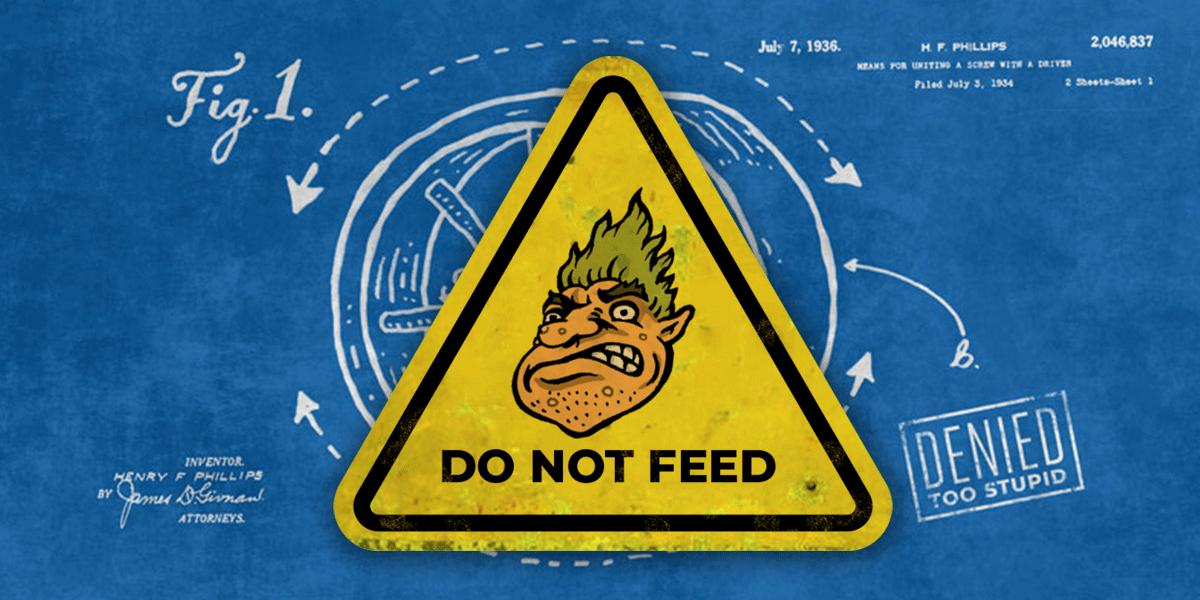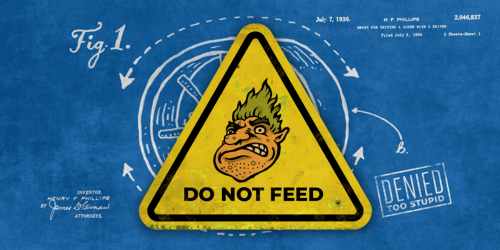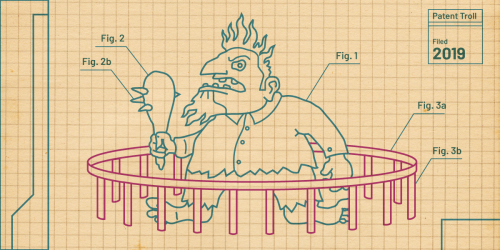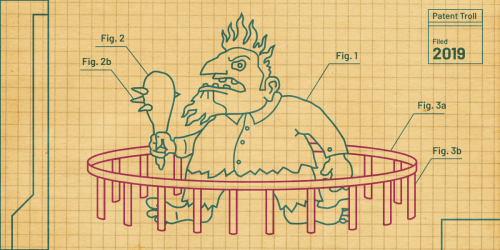Leaders of the Senate IP Subcommittee have been working, for nearly a year now, on producing some kind of legislation to weaken Section 101 of the Patent Act. Their proposal would throw out all the case law based on Section 101, including the Alice decision, which has been especially critical for keeping bogus software patents out of the system.
They held three days of hearings on the Senate floor in June, but still haven’t presented a bill detailing the changes they want to make. As we’ve explained before, weakening Section 101’s protections would be a disaster for innovation, and encourage patent trolls to squeeze money from small businesses.
To support their claims that the law needs to be changed, patent maximalists say that the sky is falling, claiming that Section 101 is stopping important inventions from getting patented. But more patents are being issued than ever before—we’re on track for the U.S. Patent Office to issue 330,000 in 2019. And the percentage of granted software patent applications—about 70%—has remained the same over time. Yet, the chairman and ranking member of the IP Subcommittee keep bringing up the idea of re-working Section 101. They returned to it again at a hearing earlier this month about patent quality.
But the arguments made in favor of changing the law are flawed. In July, we explained that proponents of wrecking Section 101 were pushing myths about how the European and Chinese patent systems work, wrongly suggesting that U.S. innovation was hurting because other countries were granting useful patents that weren’t being issued here. Unfortunately, the proponents of this legislative effort are also providing misleading data about how patents get rejected, or granted, in the first place.
One much-discussed article was Prof. Adam Mossoff’s article, which claimed that about 1,700 patent applications not granted in the U.S. were granted in either the E.U. or China. The article went into deeper analysis of 14 “exemplary” applications. When Josh Landau, a researcher and lobbyist with the Communications and Computer Industry Association, dug into those numbers, he found only one out of the 14 applications was actually rejected solely under Section 101. The other applications were rejected under other sections of the patent law—such as Section 103, governing obviousness—in addition to Section 101.
The dataset that Mossoff was working with was provided by David Kappos and another researcher. Kappos, a former Director of the U.S. Patent and Trademark Office, is now in private practice at one of the country’s top law firms, where he represents major patent holders like Qualcomm. No surprise, Qualcomm is one of the main companies lobbying to damage Section 101. Kappos has claimed that more than 17,000 patent applications in the dataset were rejected under 101. In fact, the great majority were rejected for multiple reasons, not just ineligibility under Section 101. The Kappos data also counts 529 applications that actually had allowable claims, but the patent owner, for whatever reason, chose to abandon. Ultimately, only 11% of the dataset was clearly rejected due to Section 101.
Remember: from the public’s perspective, rejections made during patent examination are a good thing. They can encourage patent applicants to make clarifying amendments that define their rights more clearly and narrowly, leaving more room for others to innovate. When an applicant can’t amend or argue their way out of a rejection, that’s good too—it means the government isn’t going to grant an unjustified monopoly. That benefits consumers, users, and developers of technology, all of whom will have to pay higher prices if there’s less competition. In the case of drug prices, unjustified monopolies can even affect access to life-saving treatments.
We need Section 101, because it stops would-be patent owners from getting patents on things like abstract ideas and laws of nature. The bill’s proponents want to overturn critical Supreme Court decisions like Myriad, Mayo, and Alice, which protect the public’s access to things that nobody could have invented, like human genes, or the idea of computerizing a basic task.
Given how determined this subcommittee has been to wreak havoc on an important law, it’s a good thing that we haven’t seen a bill introduced yet. Hopefully in 2020, the Senate will turn its attention to changes that will truly strengthen innovation, not just bills that will allow more worthless patents to be issued.









